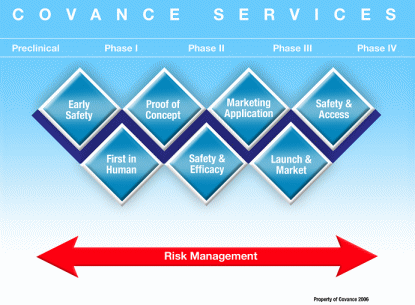In addition to bulletproof key messages and compelling sales/marketing copy, sometimes it can help to develop and promote a graphical representation of the value your products and services bring to clients. In my business, I call this a “customer value modelâ€.
Similar to a picture, a customer value model allows you to explain complex solutions and their business benefit succinctly and in a memorable way.

During an in-person sales call, it isn’t difficult to find yourself talking at length about one isolated feature of your offering that really doesn’t matter all that much in terms of the value delivered to the client. But, the discussion was prompted no doubt by a silly question posed by your prospect, and you most certainly have to indulge him/her. These off-target conversations are usually born out of a granular discussion about your products’ or services’ many features, rather than their benefits. A customer value model forces the discussion to remain at the business value level and not allow you or the prospect to get mired in the minutia of the bells and whistles. In the end, products and services are bought not for the whiz-bang features, but rather for the value they deliver.
With the help of a customer value model it can help keep your valuable sales meetings on target and at an elevated, business-value level, which is where true sales conversions take place.
I’ve included two customer value models in this article for you to better understand just how effective they can be. The first one at the top is for a large drug development services firm that helps pharmaceutical companies bring their drugs to market. This value model is meant to visually explain to pharmaceutical companies that this firm can help them bring their drugs from the early safety phase of drug development all the way through drug approval, drug launch and onto the market. And the entire time, this firm will help the drug company minimize risk to itself (lawsuits) and patients (safety).
The second customer value model I have included is for a financial planning firm that helps individuals realize true financial freedom. This model visually depicts the process this company will take its clients through in order to help them develop a steady base of passive income (making money without having to work for it) and put them on a path to financial freedom.
In both of these cases, the value these companies provide to clients can be explained in rhetorical sales copy, however you can see just how much more effectively it can be delivered visually. Furthermore, what do you think a prospect will have an easier time remembering seven days later – the great sales pitch you gave verbally or the highly memorable visual depiction you showed? I believe the answer is clear.

Kevin B. Levi
Winning Message LLC.
www.winningmessage.com